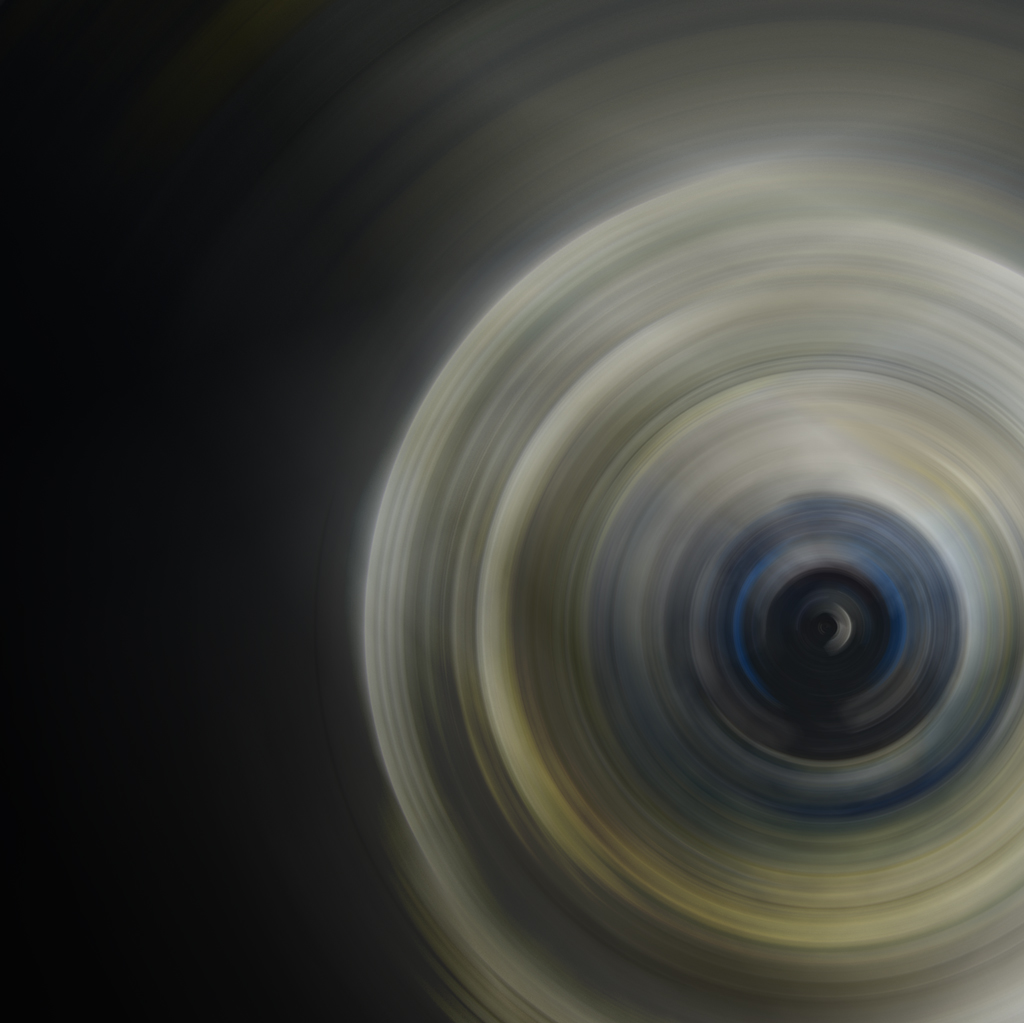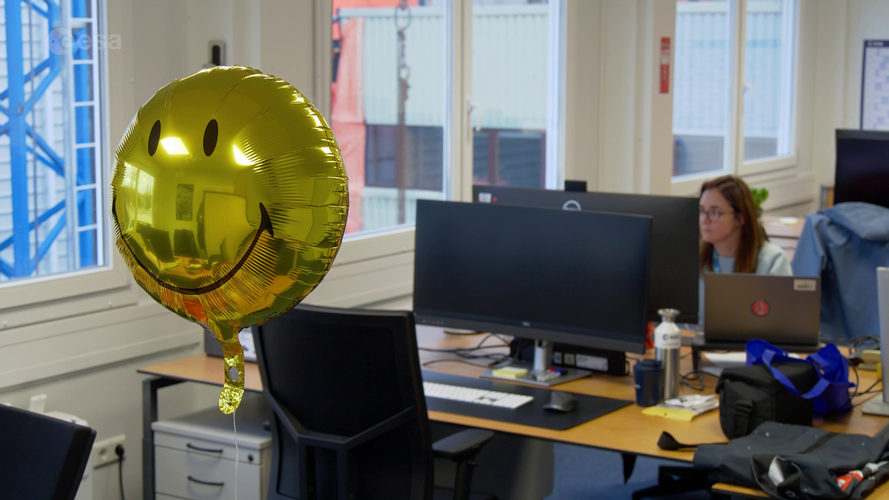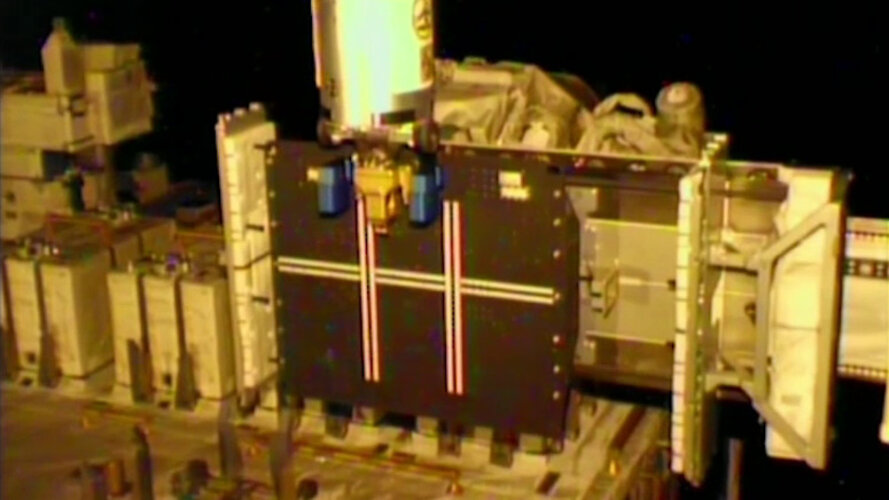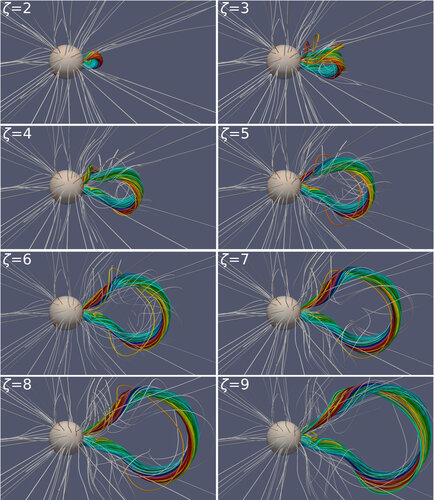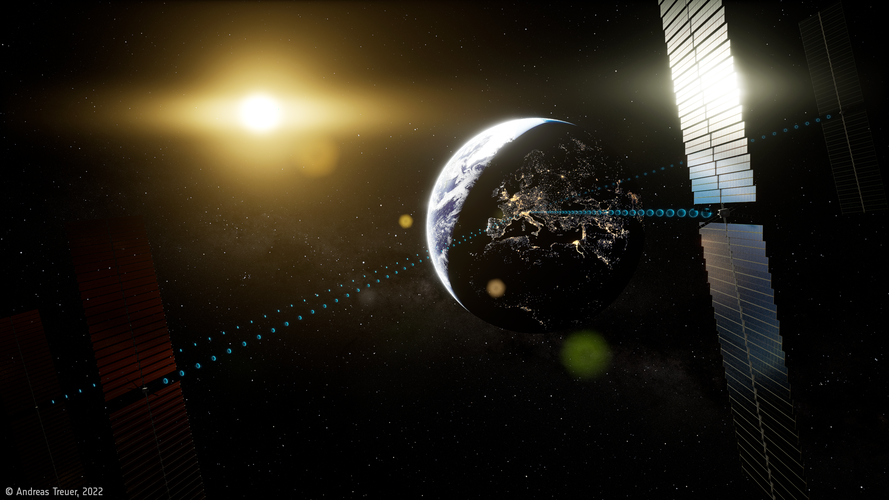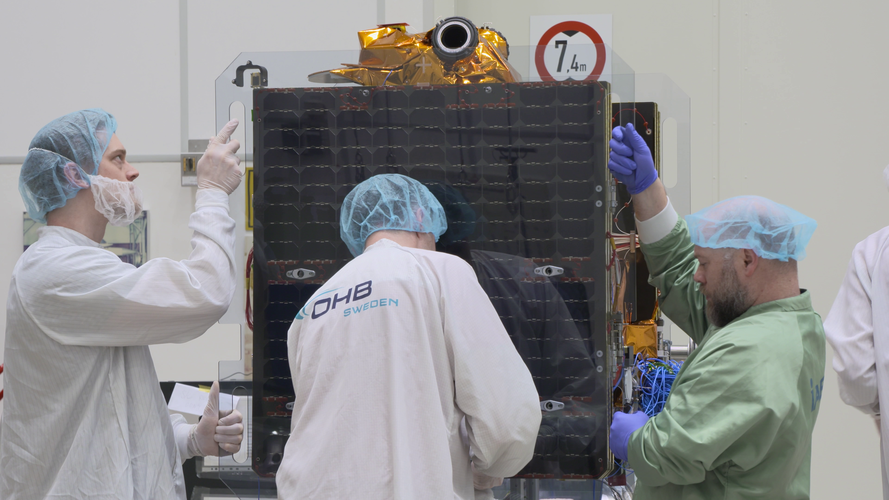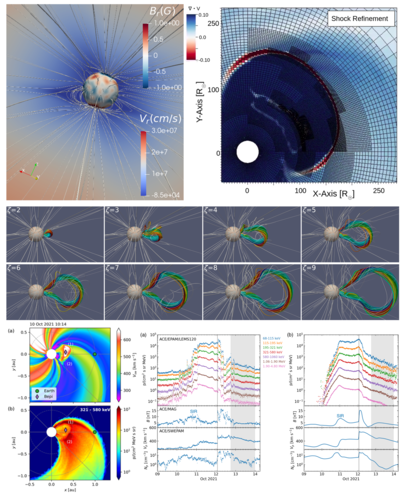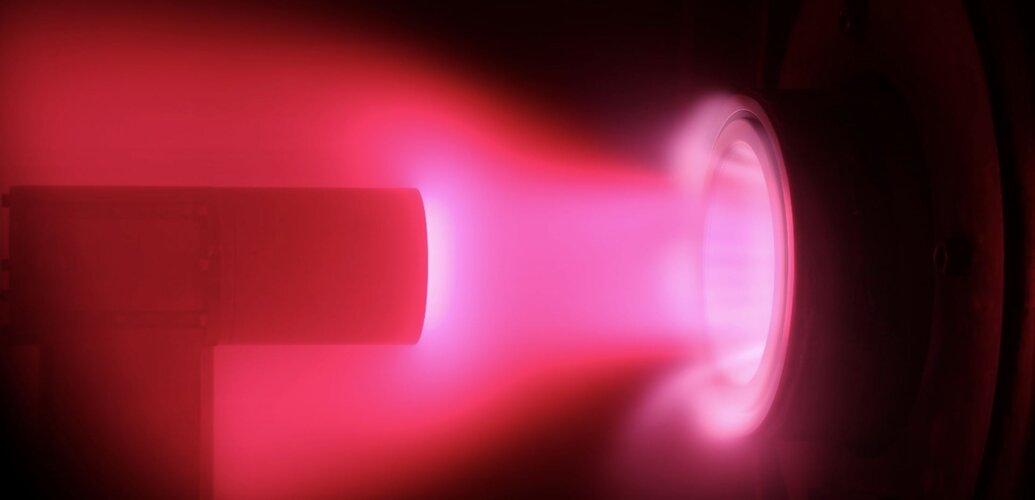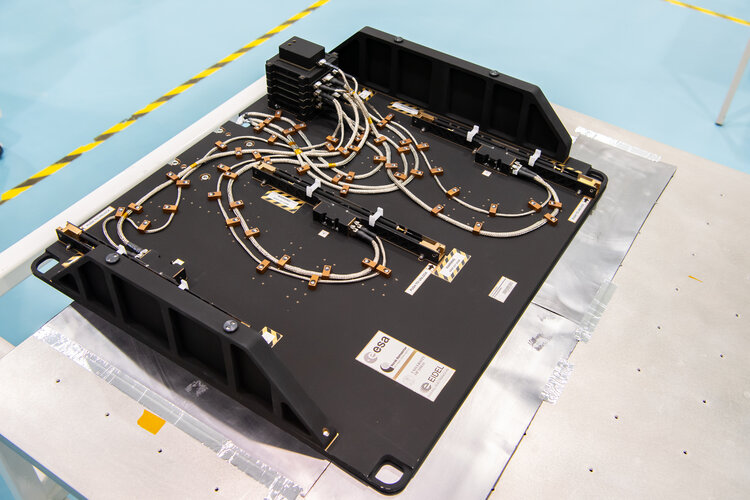Space Environments and Effects Facility
Facility used for analysis of space environments
ESA's Space Environments and Effects Section maintains a computational facility used for analysis of space environments (energetic particle radiation, plasmas, atmospheres, micro-particles, contamination, etc.) and their effects on space systems including the acquisition and analysis of in-flight data and the development of environment and effects models.
Responsibilities include:
- supporting ESA and European programmes,
- preparation of standards,
- establishment and execution of a research and development programme
- coordination and liaison with external bodies.
The instrumentation provided by this facility provides in-situ measurements of the space environment. This data is provided publicly and provides external B2B entities with data to characterise the environment, providing the necessary inputs for spacecraft anomaly analyses, in flight degradation calculations, verification of space environment models, the development of new models and to provide boundary conditions for physical simulations of the environment.
The external computational infrastructure of the facility provides a source for this data, as well as a resource for collaborative efforts for development of simulation and modelling software, such as Geant4 Radiation Analysis for Space (GRAS), Network of Models (NoM), Open Data Interface (ODI), etc through an SVN and GitHub service.
For testing requests, access to lab facilities, training and consultancy services, please refer to:

Domains of responsibility
Domains of responsibility
Radiation environments (radiation belts, cosmic rays, solar radiation), shielding and interactions (dose, degradation, charging, single event effects, sensor background, astronaut hazards);
Plasma environments and interactions (spacecraft surface and internal electrostatic charging, science instrument effects, electric propulsion, solar arrays, “active” systems);
Micro-particle (small-sized debris, micrometeoroids and dust) environments and effects, especially risk assessment tools;
Atmospheric models and tools for engineering use (atomic oxygen erosion, etc.), for mission planning (Mars & Titan global models), and for support of Earth observation payloads.
PLASMA ENVIRONMENTS
3D Energetic Electron Spectrometer (3DEES)
The 3DEES instrument is a space radiation spectrometer capable of measuring energetic electron (and optionally proton) spectra within the 0.1 – 10 MeV range in 32 energy bins and 3D angular distribution (at least 6 angles distributed within 2 planes) with a resolution for each looking direction better than 20°. The 3DEES concept is based on various charged particle detection principles including ΔE-E telescope principle, the inclined sensor concept. Protons and ions are detected by the instrument and are so cleanly identified that they cannot contaminate the electron spectra. The 3DEES instrument is composed of 1 – 3 Panoramic Spectrometer Modules (PSM), each of which is composed of a Docking Module (DM) to which 2 – 3 Orthogonal Sensor Modules (OSM) are electronically connected.
Technical parameters
Mass
~5 kg
Power
~5 W
Dimensions
155 mm × 243 mm × 186 mm (h×w×l)


